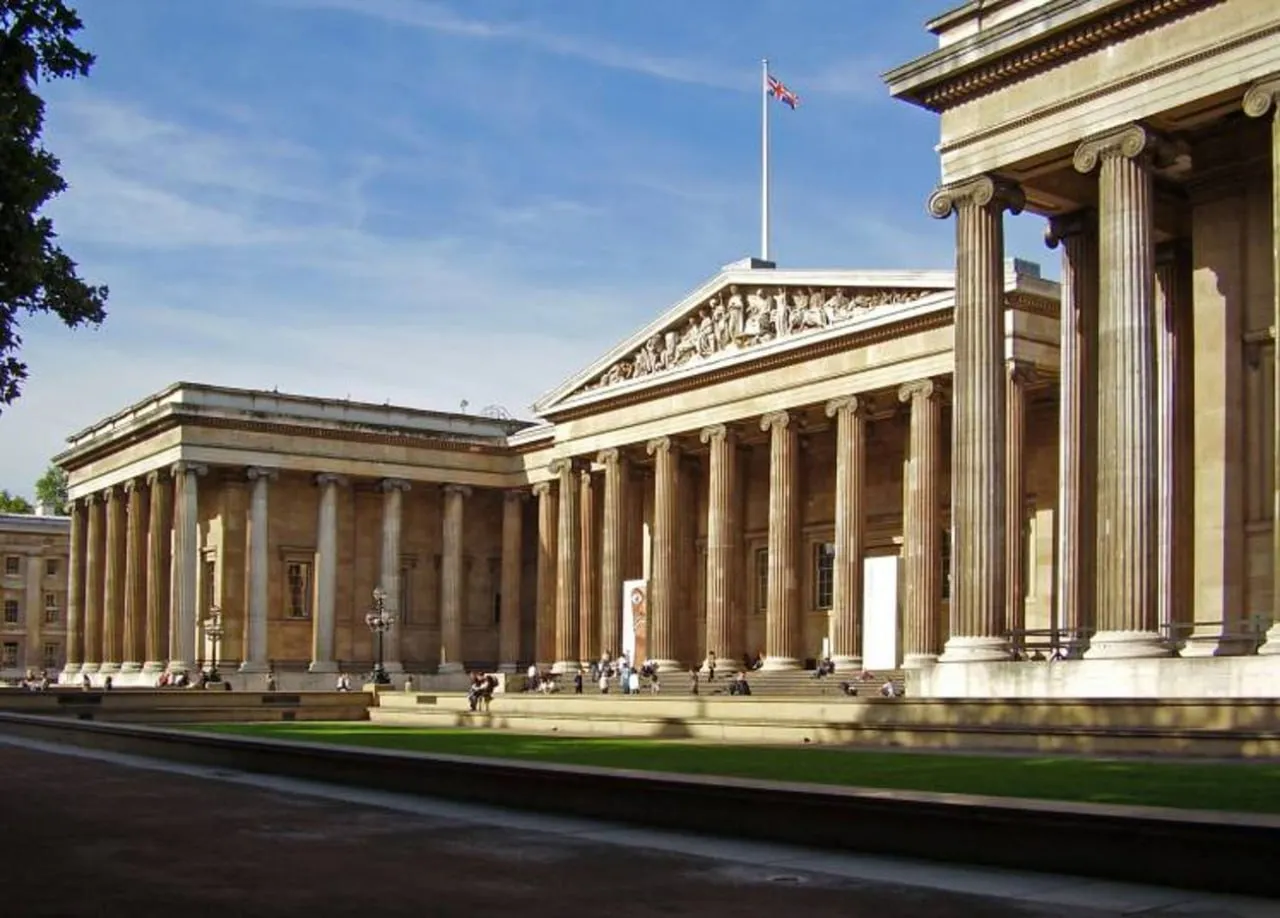
It is very telling that Sir Aurel Stein (1862 – 1943) barely travelled in other parts of Central Asia, and this applies to most other non-Russian archaeologists and scholars from that period of the Soviet Union too. There were important moments and points of contact though. In 1935 the State Hermitage Museum organised a major exhibition on Iranian art, and a small number of British scholars, including the Museum’s first research scientist, Harold Plenderleith (1898 – 1997), mixed with curators and researchers from across the Soviet Union at the accompanying Third International Conference on Iranian Art and Archaeology.
From the 1960s onwards, there were periodic contacts between the British Museum and the State Hermitage, and in 1979 an exhibition held there on the Oxus Treasure found on the site of Takht-i Kuwad, on the right bank of the Amu dar’ya, between about 1876 and 1880, and bequeathed to the British Museum in 1897.
Perestroika and independence made it even easier and it is from the 1990s onwards that many of our direct curatorial contacts and travel opportunities to Central Asia arose, and it is for that reason that we have archaeological reference material, mostly potsherds and samples, from Merv and other sites in southern Turkmenistan, which were exported by official agreement with the Academy of Sciences and Ministry of Culture (1992 – 2000).
You can learn more about the topic in the book-album “The Cultural Legacy of Uzbekistan in the Collections of Great Britain” (Volume XLVI) in the series "Сultural legacy of Uzbekistan in the world collections".
The main sponsor of the project is the oilfield services company Eriell-Group.
